Supplier letter template
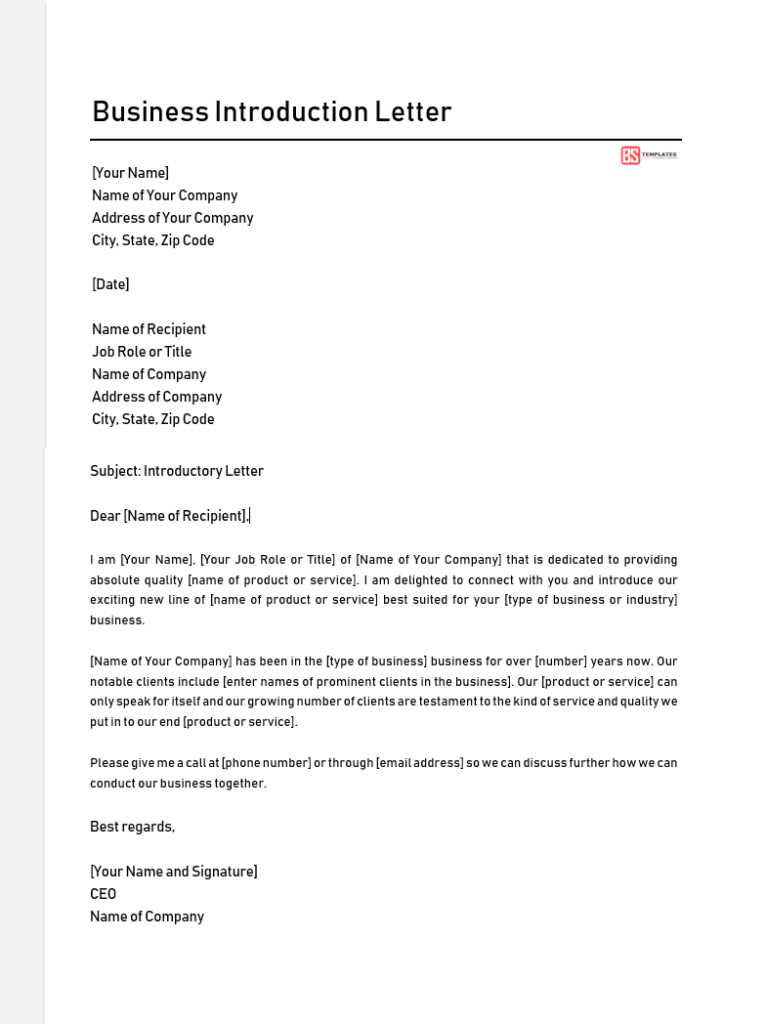
Key Elements
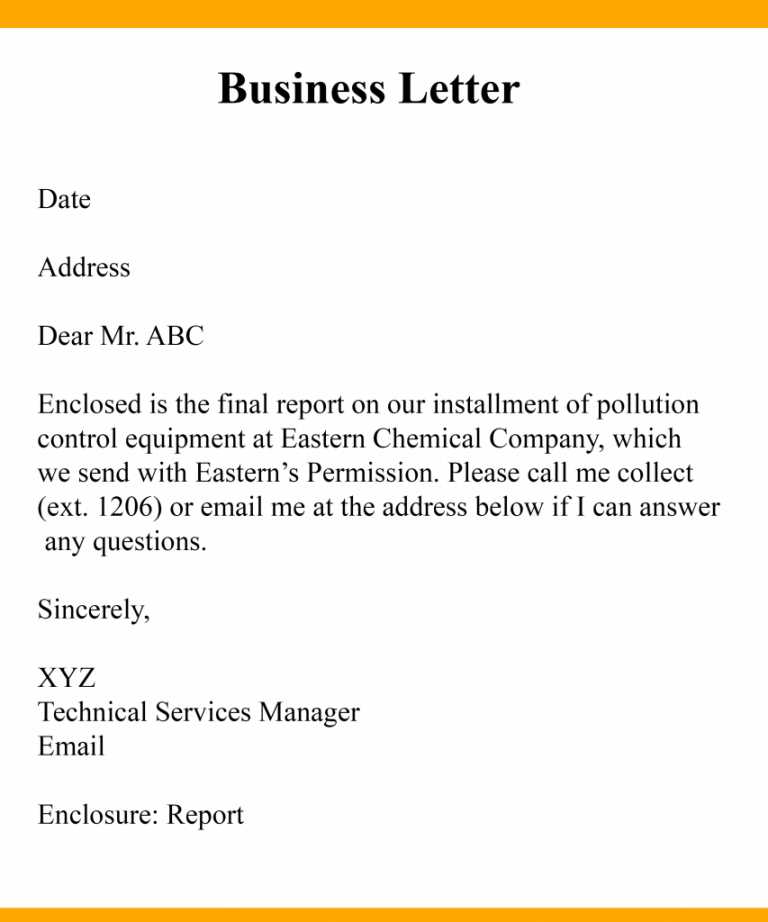
A supplier letter should be clear, direct, and professional. Begin with the supplier’s contact information, followed by a formal greeting. Outline the purpose of your letter, such as making a request, confirming an order, or addressing any issues. Always maintain a courteous tone, and make sure to be specific about the details you’re addressing. End with a call to action and a polite closing statement.
Structure of the Letter
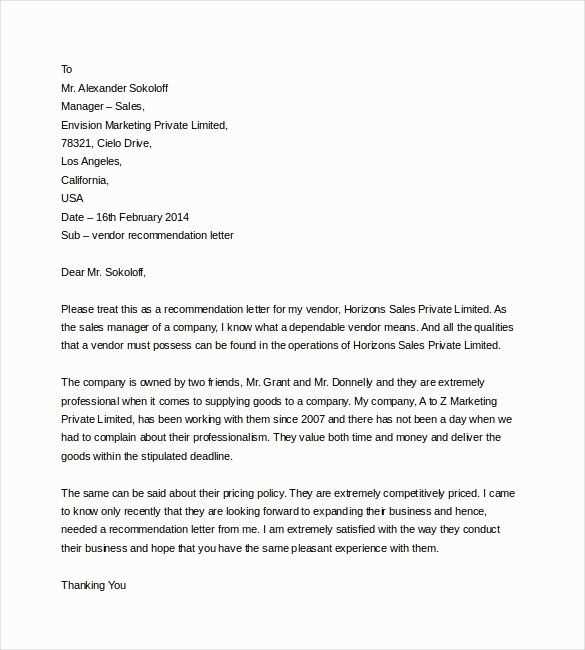
Here’s a breakdown of a supplier letter’s key components:
- Contact Information: Include the supplier’s name, address, phone number, and email.
- Introduction: Begin with a formal greeting, such as “Dear [Supplier’s Name].”
- Purpose of the Letter: State the reason for writing. Be specific about requests or concerns.
- Details: Provide all necessary information to avoid confusion. Include order numbers, dates, or quantities when needed.
- Closing: End with a polite thank-you and a call to action. Acknowledge the supplier’s role in the process.
Sample Template
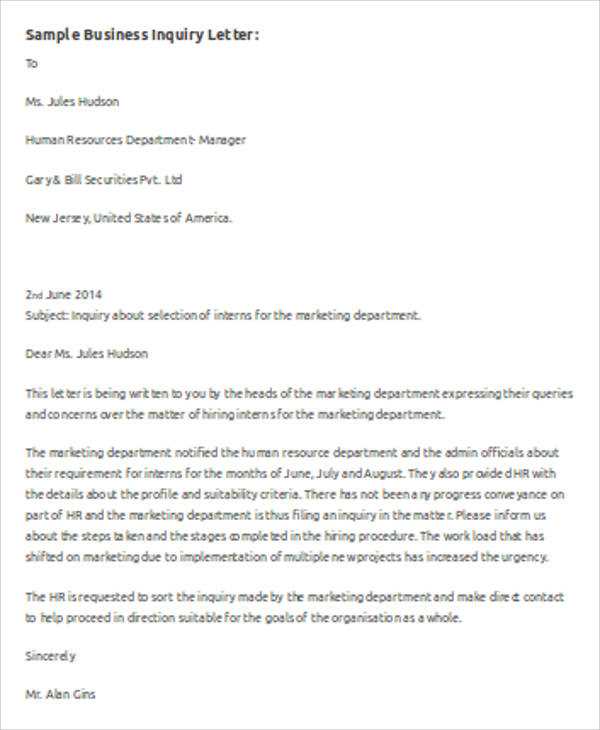
Here’s an example of a supplier letter template you can adapt:
Supplier’s Name
Supplier’s Address
City, State, ZIP Code
Phone Number
Email Address
Dear [Supplier’s Name],
I hope this letter finds you well. I am writing to [state purpose, e.g., confirm an order, address a delay, inquire about product specifications].
To clarify the details, we would appreciate [specific request or information needed]. Kindly confirm the availability of [product], and provide the estimated delivery timeline. The order number is [Order Number], and the expected delivery date is [Date].
If you have any questions or need further information, please don’t hesitate to reach out. We appreciate your assistance and look forward to your response.
Sincerely,
[Your Name]
[Your Company Name]
[Your Contact Information]
Tips for Writing Supplier Letters
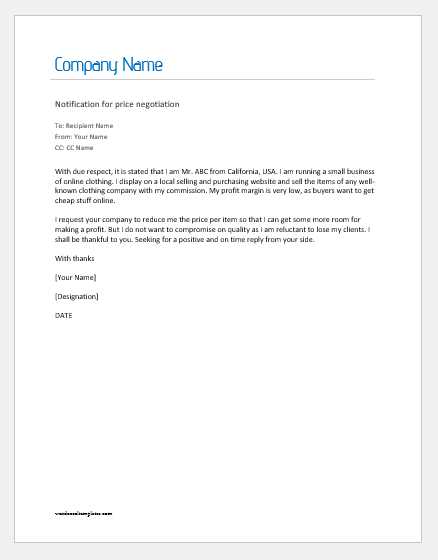
- Be Concise: Keep your message clear and to the point. Avoid unnecessary details that don’t contribute to your request or response.
- Maintain a Professional Tone: Even if there’s an issue or disagreement, keep the tone respectful and businesslike.
- Check for Accuracy: Double-check all details, such as order numbers or delivery dates, to avoid misunderstandings.
- Timely Follow-Up: If you don’t receive a response within the expected timeframe, send a polite follow-up letter.
Supplier Letter Template: Practical Guide
Choosing the Right Format for Your Letter to the Supplier
Essential Elements to Include in Supplier Communication
How to Address a Supplier Properly
Setting Clear Expectations in Your Correspondence
Handling Disputes or Issues in Communications with Suppliers
Follow-Up Procedures After Sending a Letter to the Supplier
When drafting a letter to a supplier, ensure you choose a formal and professional format. A clear, concise structure helps maintain the tone of the communication and avoids confusion. Begin with your company details at the top, followed by the date, the supplier’s contact information, and a formal salutation. This establishes a respectful tone from the start.
Key Elements in Supplier Communication
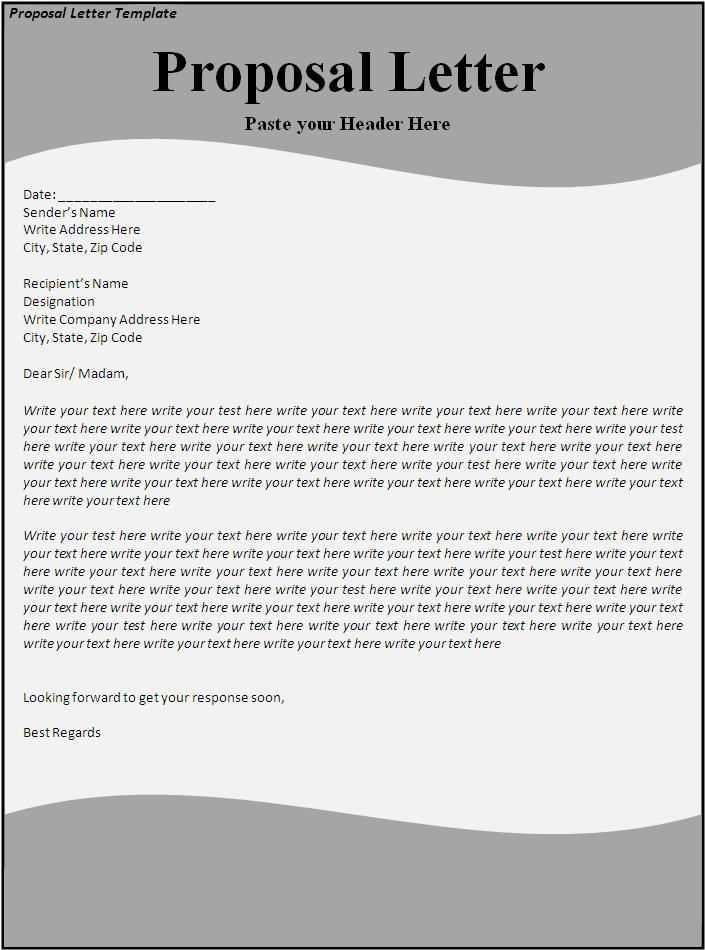
Every letter should include critical details. Always state the purpose of the letter early on. If you’re requesting a quote, place your inquiry in the subject line. Be clear about your expectations, deadlines, or any other specific requirements you have from the supplier. Including relevant order numbers or reference codes helps the supplier process your request efficiently. Make sure to thank them for their time and attention to the matter at hand.
Handling Disputes and Follow-Up
If there is a dispute or issue with the supplier, approach the letter with calmness. Outline the problem clearly and provide evidence to support your claims. Offer potential solutions or request a meeting to discuss the matter further. After sending the letter, ensure timely follow-up by setting a reasonable timeframe for the supplier’s response. If no response is received, a polite reminder or follow-up letter should be sent to keep the process moving forward.